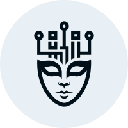-
 Bitcoin
Bitcoin $85,037.5926
0.66% -
 Ethereum
Ethereum $1,590.2581
0.00% -
 Tether USDt
Tether USDt $0.9999
0.00% -
 XRP
XRP $2.0768
-1.34% -
 BNB
BNB $591.3779
1.12% -
 Solana
Solana $134.5817
1.39% -
 USDC
USDC $0.9999
0.00% -
 TRON
TRON $0.2485
-0.27% -
 Dogecoin
Dogecoin $0.1569
0.51% -
 Cardano
Cardano $0.6215
1.02% -
 UNUS SED LEO
UNUS SED LEO $9.0839
-3.50% -
 Chainlink
Chainlink $12.5786
1.26% -
 Avalanche
Avalanche $19.1613
0.97% -
 Stellar
Stellar $0.2416
1.48% -
 Toncoin
Toncoin $2.9563
1.49% -
 Shiba Inu
Shiba Inu $0.0...01183
-0.35% -
 Sui
Sui $2.1376
3.01% -
 Hedera
Hedera $0.1642
3.55% -
 Bitcoin Cash
Bitcoin Cash $337.9818
4.82% -
 Polkadot
Polkadot $3.6394
1.03% -
 Litecoin
Litecoin $75.4425
0.65% -
 Hyperliquid
Hyperliquid $17.0387
5.24% -
 Dai
Dai $1.0000
-0.01% -
 Bitget Token
Bitget Token $4.3703
1.18% -
 Ethena USDe
Ethena USDe $0.9992
0.00% -
 Pi
Pi $0.6191
1.11% -
 Monero
Monero $217.2605
-0.51% -
 Uniswap
Uniswap $5.2065
0.22% -
 Pepe
Pepe $0.0...07304
0.74% -
 OKB
OKB $50.5582
-2.12%
What is the main function of the L1 layer in the blockchain?
The L1 layer is the foundation of the blockchain system, responsible for data storage, consensus mechanism, smart contract execution, network communication, account management and transaction processing.
Feb 25, 2025 at 05:37 pm
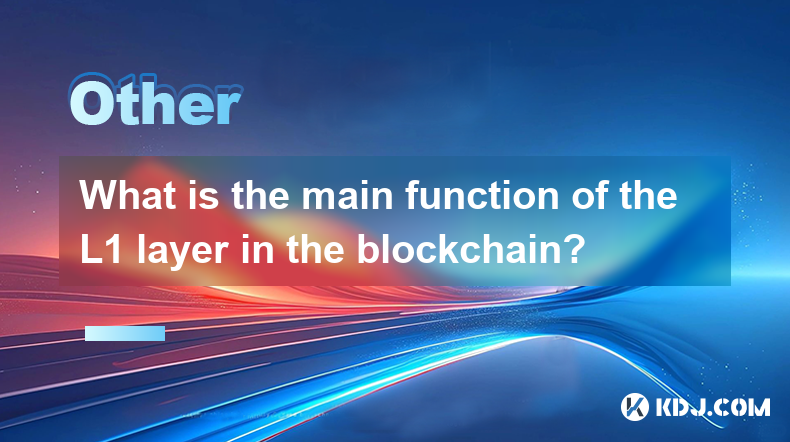
Data storage
Consensus mechanism
Smart contract execution
Network communication
Account Management
Transaction processing
Disclaimer:info@kdj.com
The information provided is not trading advice. kdj.com does not assume any responsibility for any investments made based on the information provided in this article. Cryptocurrencies are highly volatile and it is highly recommended that you invest with caution after thorough research!
If you believe that the content used on this website infringes your copyright, please contact us immediately (info@kdj.com) and we will delete it promptly.
- Tyra Banks Is Putting a Coin in the Swear Jar!
- 2025-04-18 06:25:13
- TRON ECO Easter Egg Campaign Featuring a Prize Pool of 1000 USDT
- 2025-04-18 06:25:13
- Qubetics ($TICS) — One of The Best Cryptos to Buy for Hold Long-Term and It's Still Under $0.20
- 2025-04-18 06:20:13
- The MetaQ Cookie Foundation unlocks 2 million reserved MetaQ tokens
- 2025-04-18 06:20:13
- If DOGE Stages Consistent 10% Monthly Growth, Holders Could See a 228X Cumulative Gain by 2030
- 2025-04-18 06:15:12
- Bitcoin's BTC/USD May Be Setting Up for a Breakout Moment
- 2025-04-18 06:15:12
Related knowledge
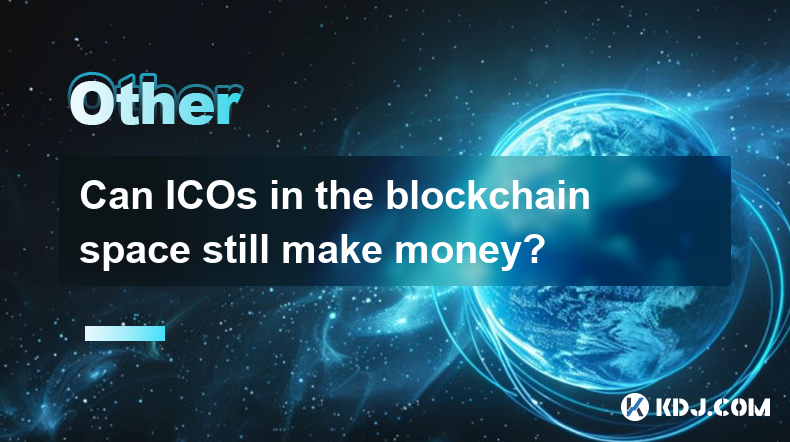
Can ICOs in the blockchain space still make money?
Apr 17,2025 at 08:29pm
The landscape of Initial Coin Offerings (ICOs) in the blockchain space has evolved significantly since their peak in 2017 and 2018. Despite the increased regulatory scrutiny and the rise of alternative fundraising methods like Security Token Offerings (STOs) and Initial Exchange Offerings (IEOs), ICOs can still be a viable way to raise funds and generat...

Can the application of blockchain in supply chain finance bring benefits?
Apr 15,2025 at 04:00pm
Can the application of blockchain in supply chain finance bring benefits? The integration of blockchain technology into supply chain finance has garnered significant attention in the cryptocurrency and financial sectors. This article explores how blockchain can potentially revolutionize supply chain finance, detailing its benefits and providing a compre...
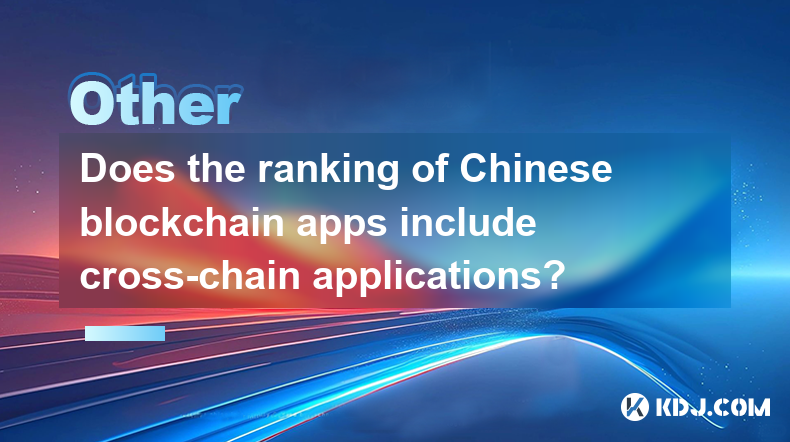
Does the ranking of Chinese blockchain apps include cross-chain applications?
Apr 14,2025 at 04:00pm
The ranking of Chinese blockchain apps is a comprehensive evaluation that takes into account various aspects such as user base, transaction volume, and technological innovation. A pertinent question arises regarding whether these rankings include cross-chain applications. Cross-chain applications, which allow different blockchain networks to interact an...
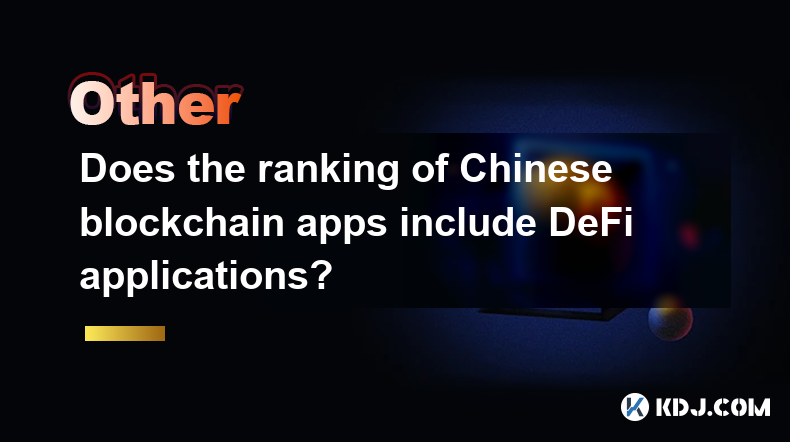
Does the ranking of Chinese blockchain apps include DeFi applications?
Apr 15,2025 at 06:57am
The ranking of Chinese blockchain apps is a comprehensive list that showcases the most popular and influential applications within the cryptocurrency ecosystem. One question that often arises is whether these rankings include DeFi applications. To answer this, we need to delve into the specifics of how these rankings are compiled and what types of appli...
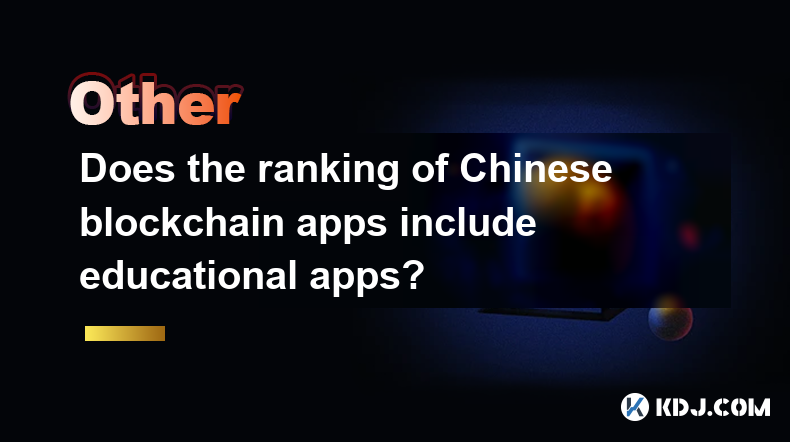
Does the ranking of Chinese blockchain apps include educational apps?
Apr 16,2025 at 03:35am
The ranking of Chinese blockchain apps often includes a variety of categories, from finance and gaming to social networking and beyond. One question that frequently arises is whether these rankings include educational apps. To address this, we need to delve into the specifics of how blockchain apps are categorized and ranked in China, and whether educat...
Does the ranking of Chinese blockchain apps include enterprise-level applications?
Apr 15,2025 at 06:42am
The ranking of Chinese blockchain apps often includes a variety of applications, ranging from consumer-focused to enterprise-level solutions. Understanding the scope and criteria for these rankings is essential to determine if enterprise-level applications are included. This article delves into the specifics of how Chinese blockchain app rankings are co...

Can ICOs in the blockchain space still make money?
Apr 17,2025 at 08:29pm
The landscape of Initial Coin Offerings (ICOs) in the blockchain space has evolved significantly since their peak in 2017 and 2018. Despite the increased regulatory scrutiny and the rise of alternative fundraising methods like Security Token Offerings (STOs) and Initial Exchange Offerings (IEOs), ICOs can still be a viable way to raise funds and generat...

Can the application of blockchain in supply chain finance bring benefits?
Apr 15,2025 at 04:00pm
Can the application of blockchain in supply chain finance bring benefits? The integration of blockchain technology into supply chain finance has garnered significant attention in the cryptocurrency and financial sectors. This article explores how blockchain can potentially revolutionize supply chain finance, detailing its benefits and providing a compre...

Does the ranking of Chinese blockchain apps include cross-chain applications?
Apr 14,2025 at 04:00pm
The ranking of Chinese blockchain apps is a comprehensive evaluation that takes into account various aspects such as user base, transaction volume, and technological innovation. A pertinent question arises regarding whether these rankings include cross-chain applications. Cross-chain applications, which allow different blockchain networks to interact an...

Does the ranking of Chinese blockchain apps include DeFi applications?
Apr 15,2025 at 06:57am
The ranking of Chinese blockchain apps is a comprehensive list that showcases the most popular and influential applications within the cryptocurrency ecosystem. One question that often arises is whether these rankings include DeFi applications. To answer this, we need to delve into the specifics of how these rankings are compiled and what types of appli...

Does the ranking of Chinese blockchain apps include educational apps?
Apr 16,2025 at 03:35am
The ranking of Chinese blockchain apps often includes a variety of categories, from finance and gaming to social networking and beyond. One question that frequently arises is whether these rankings include educational apps. To address this, we need to delve into the specifics of how blockchain apps are categorized and ranked in China, and whether educat...

Does the ranking of Chinese blockchain apps include enterprise-level applications?
Apr 15,2025 at 06:42am
The ranking of Chinese blockchain apps often includes a variety of applications, ranging from consumer-focused to enterprise-level solutions. Understanding the scope and criteria for these rankings is essential to determine if enterprise-level applications are included. This article delves into the specifics of how Chinese blockchain app rankings are co...
See all articles





















































































